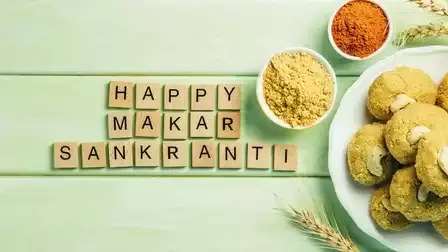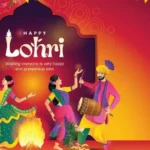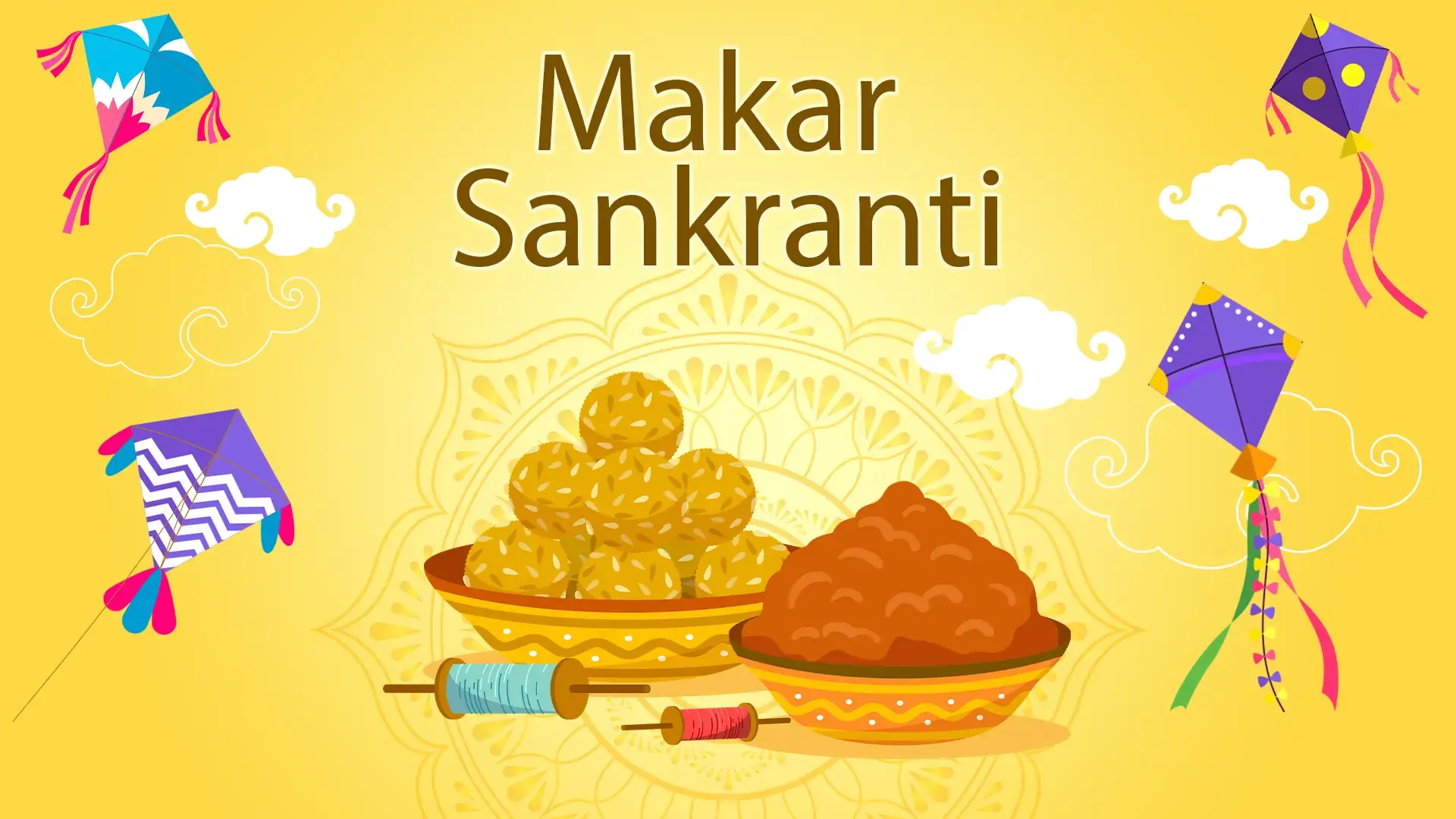Makar Sankranti is one of India’s most widely celebrated festivals, symbolizing the sun’s transition into Capricorn. This shift marks the beginning of longer days and warmer weather. People celebrate Makar Sankranti with joy, honoring the Sun God and thanking him for the harvest, while welcoming a new season of prosperity and hope.
Celebrated annually on January 14th (though sometimes varying by a day), Makar Sankranti transcends regional boundaries. It brings people together for kite flying, dancing, bonfires, and feasts. The festival connects people with nature, spirituality, and community, making it a unique and cherished celebration.
What is Makar Sankranti?
Makar Sankranti is a festival dedicated to Surya, the Sun God, who represents light, energy, and life. On this day, the sun moves into Capricorn (Makar Rashi), signaling the end of the winter solstice and the beginning of Uttarayan, the sun’s northward journey. Hindus consider this a time for spiritual growth, good fortune, and renewal.
The festival has deep ties to the agricultural calendar. For farmers, Makar Sankranti marks the end of the harvest season, making it a time to celebrate the fruits of their labor. People all over the country come together to honor the sun and offer gratitude for the harvest, appreciating the abundance that nature provides.
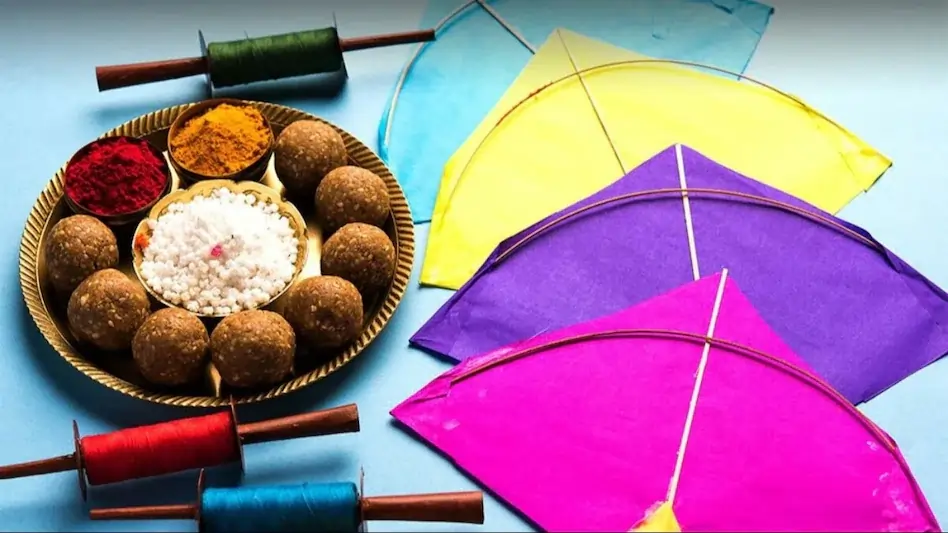
The Significance of Makar Sankranti
Makar Sankranti holds a deep spiritual significance. The sun’s northward journey signals the arrival of light, warmth, and growth. Hindus believe that the Sun God’s blessings during this time can bring peace, health, and prosperity. It is a time to set new intentions, make fresh starts, and seek spiritual enlightenment.
Furthermore, this also marks the end of winter, bringing much-needed warmth and light to the earth. As days grow longer and the chill of winter fades, people feel an optimistic sense of renewal. The festival, thus, reflects the victory of light over darkness, good over evil, and knowledge over ignorance.
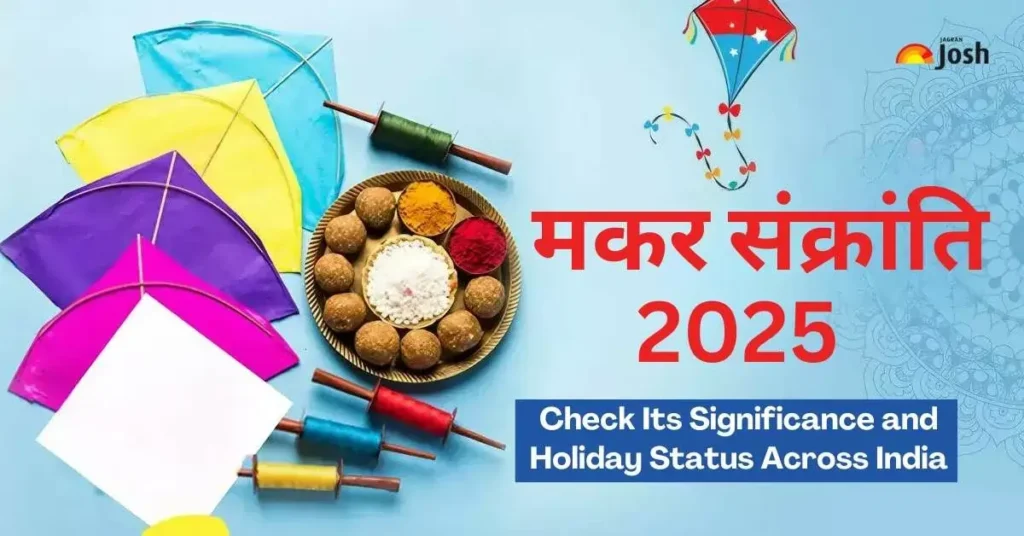
How Makar Sankranti is Celebrated Across India
Makar Sankranti is celebrated in diverse ways across India. While the theme of honoring the Sun God and rejoicing in the harvest is universal, each region brings its unique cultural traditions into the celebration. Below, we explore the different ways this festival is observed across the country.
1. Kite Flying in Gujarat and Rajasthan
In Gujarat, Makar Sankranti is synonymous with kite flying. People gather on rooftops with colorful kites and engage in friendly competitions. The skies become a canvas, filled with hundreds of kites soaring high. The festival, especially in cities like Ahmedabad, has become world-renowned for its vibrant kite-flying events.
Kite flying represents freedom, unity, and community spirit. Families and friends come together to share in this joyous activity, creating an atmosphere of celebration and camaraderie. Moreover, the International Kite Festival in Gujarat attracts participants from across the globe, offering an exciting fusion of culture and sport.
2. Lohri in Punjab
In Punjab, Makar Sankranti is celebrated as Lohri, a festival that symbolizes the end of winter and the beginning of the harvest season. Lohri celebrations feature bonfires, folk songs, and energetic dances. People gather around the fire to offer sesame seeds, jaggery, and popcorn as thanks for the harvest.
Not only is this a celebration of the harvest, but it also carries cultural significance. Dances like Bhangra and Gidda add a festive flair to the evening, while families and communities come together to celebrate the blessings of the earth. Lohri also symbolizes the purification of the past year and the beginning of a new cycle.
3. Pongal in Tamil Nadu
In Tamil Nadu, Makar Sankranti is celebrated as Pongal, a four-day festival that honors the Sun God. On the first day, known as Bhogi, people clean their homes and light bonfires to discard old items and welcome the new. The second day, Surya Pongal, is dedicated to the Sun God with offerings of freshly harvested crops, including rice and sugarcane.
On Mattu Pongal, people honor their cattle, which are integral to farming life, by decorating them and offering thanks for their hard work. The final day, Kaanum Pongal, is marked by socializing, picnics, and family gatherings. Additionally, during Pongal, families prepare the traditional dish made of rice, milk, and jaggery, symbolizing abundance and good fortune.
4. Sankranti in Maharashtra and Karnataka
In Maharashtra and Karnataka, Makar Sankranti celebrations revolve around sharing sweets made from sesame seeds and jaggery, known as til-gul. The tradition of exchanging these treats with the phrase “Til gul ghya, god god bola” (which means “Accept this sweet and speak sweet words”) promotes harmony, good will, and kindness.
Moreover, both states celebrate with traditional rituals, processions, and folk dances. Families gather to enjoy a variety of sweets and savory dishes, and temples hold special prayers to honor the Sun God. Through these customs, people express gratitude for the harvest and celebrate the arrival of the new season.
5. Magh Bihu in Assam
In Assam, Makar Sankranti is celebrated as Magh Bihu, which marks the conclusion of the harvest season. The festival is known for its feasts, bonfires, and offerings of food such as pithas (rice cakes) and larus (sweetmeats). People gather around bonfires to celebrate the end of the cold season and the arrival of a new year.
Magh Bihu celebrations also include the lighting of meji (temporary structures) that are burned in the morning to symbolize purification. Traditional dances and community feasts bring people together to celebrate the harvest and the earth’s bounty. People exchange good wishes and participate in various fun-filled activities, making it a lively and joyous occasion.
6. Spiritual Practices: Pilgrimages and Holy Dips
For many, Makar Sankranti also represents a spiritual occasion. Hindus believe that taking a holy dip in rivers such as the Ganges or Godavari on this day can wash away sins and bring spiritual merit. Many people visit temples, offer prayers to the Sun God, and perform rituals to mark the occasion.
The Kumbh Mela, one of the largest religious gatherings in the world, begins on Makar Sankranti, attracting millions of pilgrims. This event serves as a reminder of the importance of spiritual growth and renewal during the festival. The auspicious dip on this day purifies both the body and the soul, according to ancient beliefs.
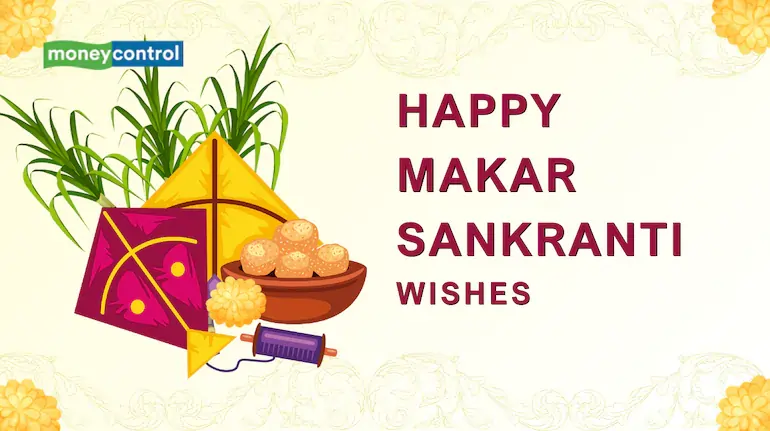
Makar Sankranti Wishes: Sharing the Joy of the Festival
Makar Sankranti is also a time for sharing love, blessings, and good wishes. Sending Makar Sankranti wishes to friends, family, and loved ones helps spread happiness and positivity. These wishes symbolize the warmth and joy that come with the festival.
Here are some heartfelt Makar Sankranti wishes to share with your loved ones:
- “Wishing you a joyous Makar Sankranti filled with peace, prosperity, and happiness. May the Sun’s light guide you towards success and fulfillment.”
- “On this auspicious day of Makar Sankranti, may your life be filled with new opportunities, fresh beginnings, and endless joy. Have a blessed day!”
- “As the sun shines brighter, may your heart be filled with love, warmth, and happiness. Happy Makar Sankranti!”
- “Let the spirit of Makar Sankranti fill your life with positivity and new aspirations. May this festival bring success, health, and joy into your life.”
- “May the sweet taste of til-gul and the warmth of the sun bring happiness to your life. Wishing you and your family a very Happy Makar Sankranti!”
These Makar Sankranti wishes convey the essence of the festival: joy, goodwill, and positivity. They help strengthen bonds and spread the festival’s message of togetherness and prosperity.
Conclusion: Makar Sankranti’s Universal Appeal
In conclusion, Makar Sankranti is more than just a festival; it’s a celebration of life, nature, spirituality, and community. From the kite flying competitions in Gujarat to the bonfire rituals in Punjab and the Pongal feasts in Tamil Nadu, the festival brings people together, transcending regional and cultural boundaries.
Additionally, Makar Sankranti reminds us of the importance of the earth, the sun, and the interconnectedness of all living beings. It represents new beginnings, a time to reflect on the year gone by, and a chance to look forward to a future full of hope and blessings.
Celebrate this Makar Sankranti by spreading love, positivity, and good wishes. May the Sun God shower you with blessings of good health, success, and peace.
